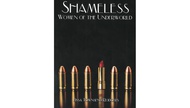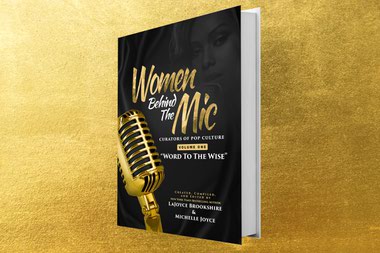
Red Clocks By Leni Zumas, $26.
Leni Zumas’s novel, Red Clocks, takes place in an Oregon fishing town, in an imagined future about one breath away from our own. One of the novel’s four main characters explains: “Two years ago the United States Congress ratified the Personhood Amendment,” which gives the constitutional right to life, liberty, and property to a fertilized egg at the moment of conception. Abortion is now illegal in all 50 states. In vitro fertilization, too, is federally banned, because the amendment outlaws the transfer of embryos from laboratory to uterus. (The embryos can’t give their consent to be moved.)
This main character, Ro, a single high school teacher, is known in her chapters as “The Biographer” because she’s writing the biography of Eivør, a 19th-century female polar explorer who has been lost to history. The others are Susan (“The Wife”), an unhappy mother of two; Mattie (“The Daughter”), a pregnant teen; and Gin (“The Mender”), a mysterious forest-dwelling medicine woman. Each of the women is touched by the ever-tightening reproductive and adoption laws. Canada has established “The Pink Wall” and will not allow border crossings for abortions.
Ro is trying to get pregnant via artificial insemination before “Every Child Needs Two,” a piece of legislation set to restrict adoptions to straight couples only, goes into effect. She has a medical condition that makes conception difficult, so this is her last shot. “[Ro] wants a kid. She can’t explain why. She can only say Because I do.” Zumas makes it clear in her work how little protests—and a woman’s desires—can actually matter if the executive, legislative and judicial branches all lean one way. Her depiction of the specific jealousies between women—particularly those surrounding motherhood and friendship—is astute, and her short chapters that alternate perspectives make this a propulsive, addictive read.
If there’s a nit to pick, it’s that none of these women seem to suffer the worst consequences of reproductive health issues; there are scarier stories of women who go to great lengths in the true reality of 2018 to find safe and reliable care for themselves and their families. But Zumas’ narrative is fresh and engaging, and it’s worthy.







